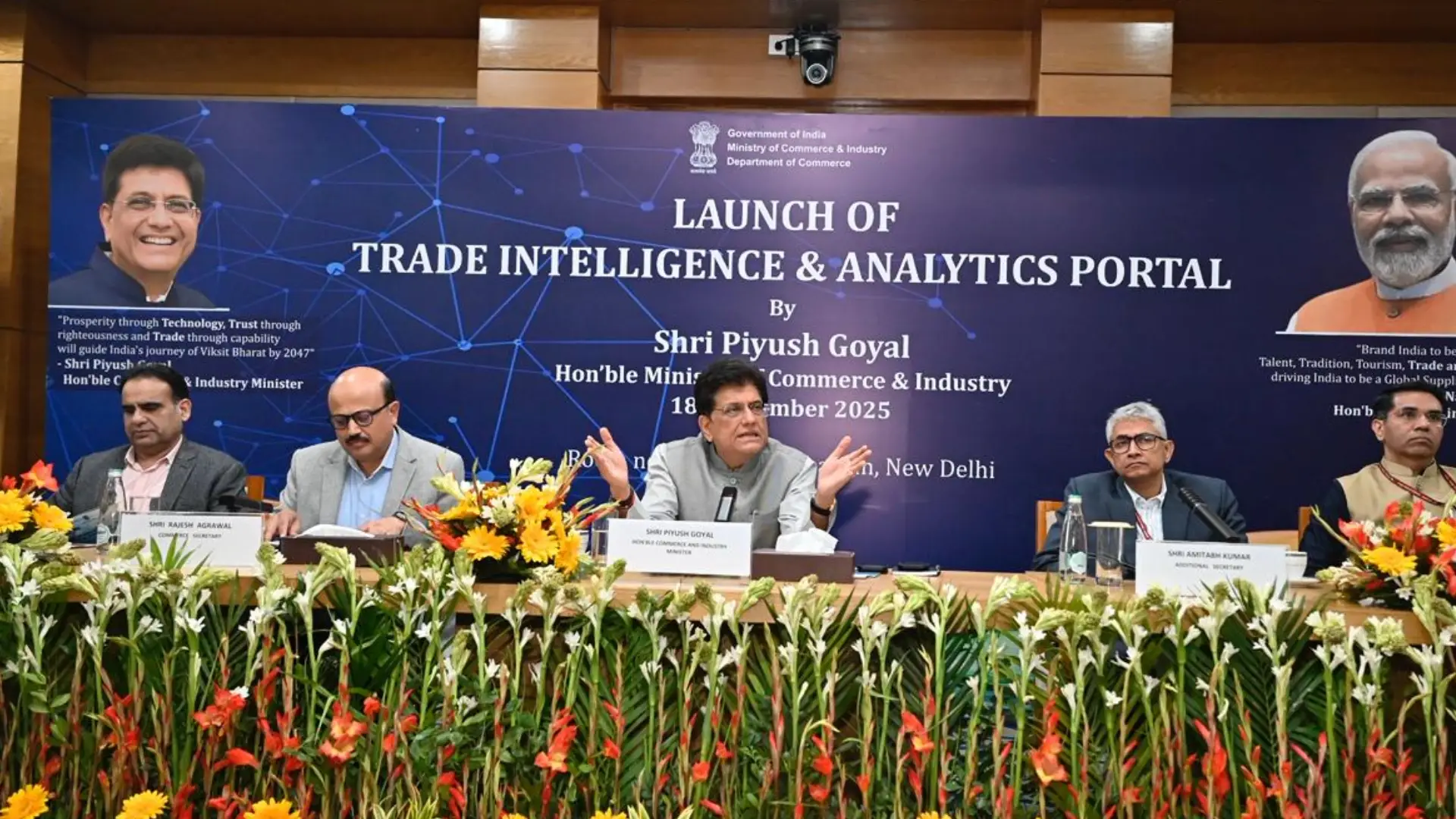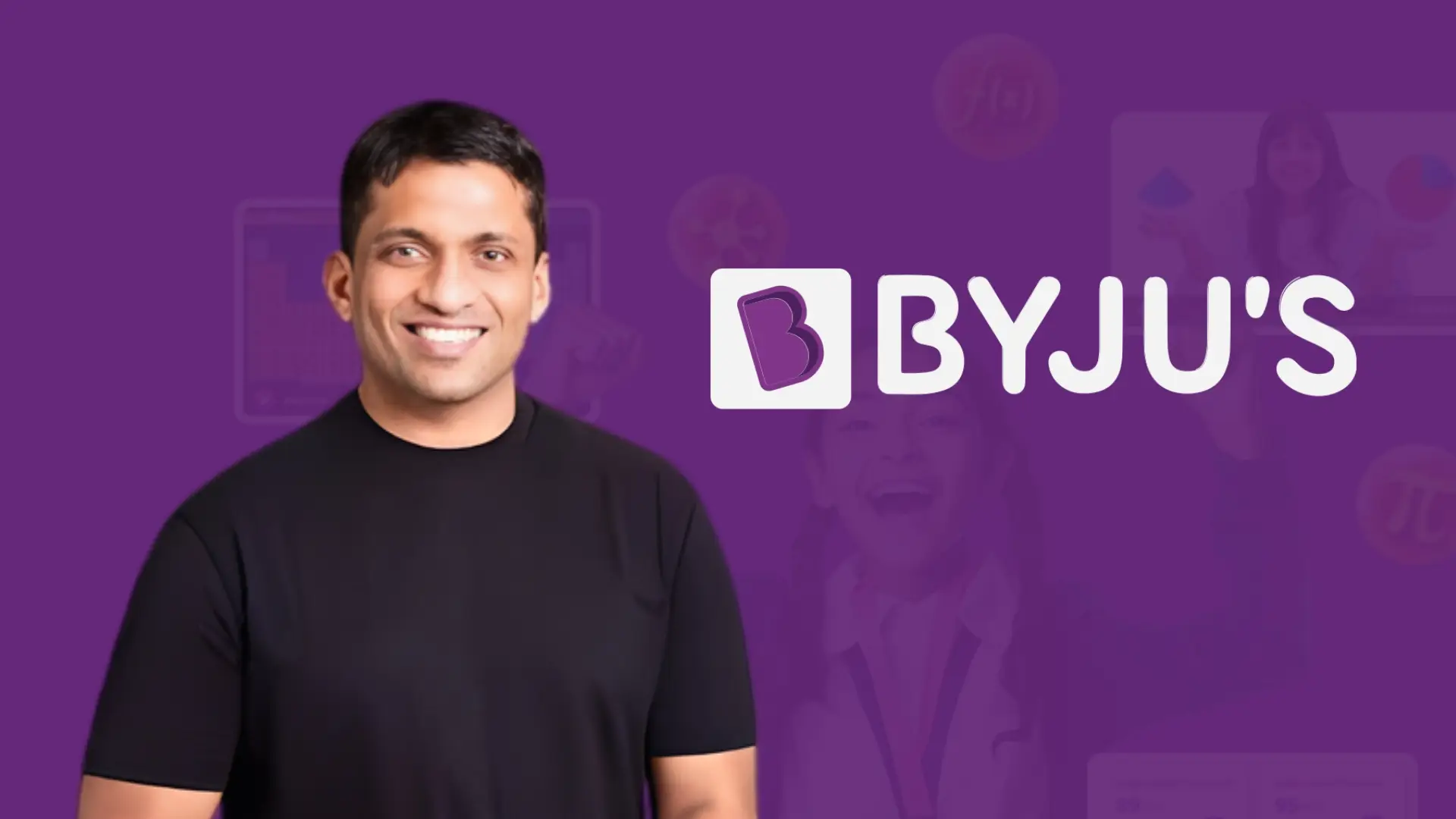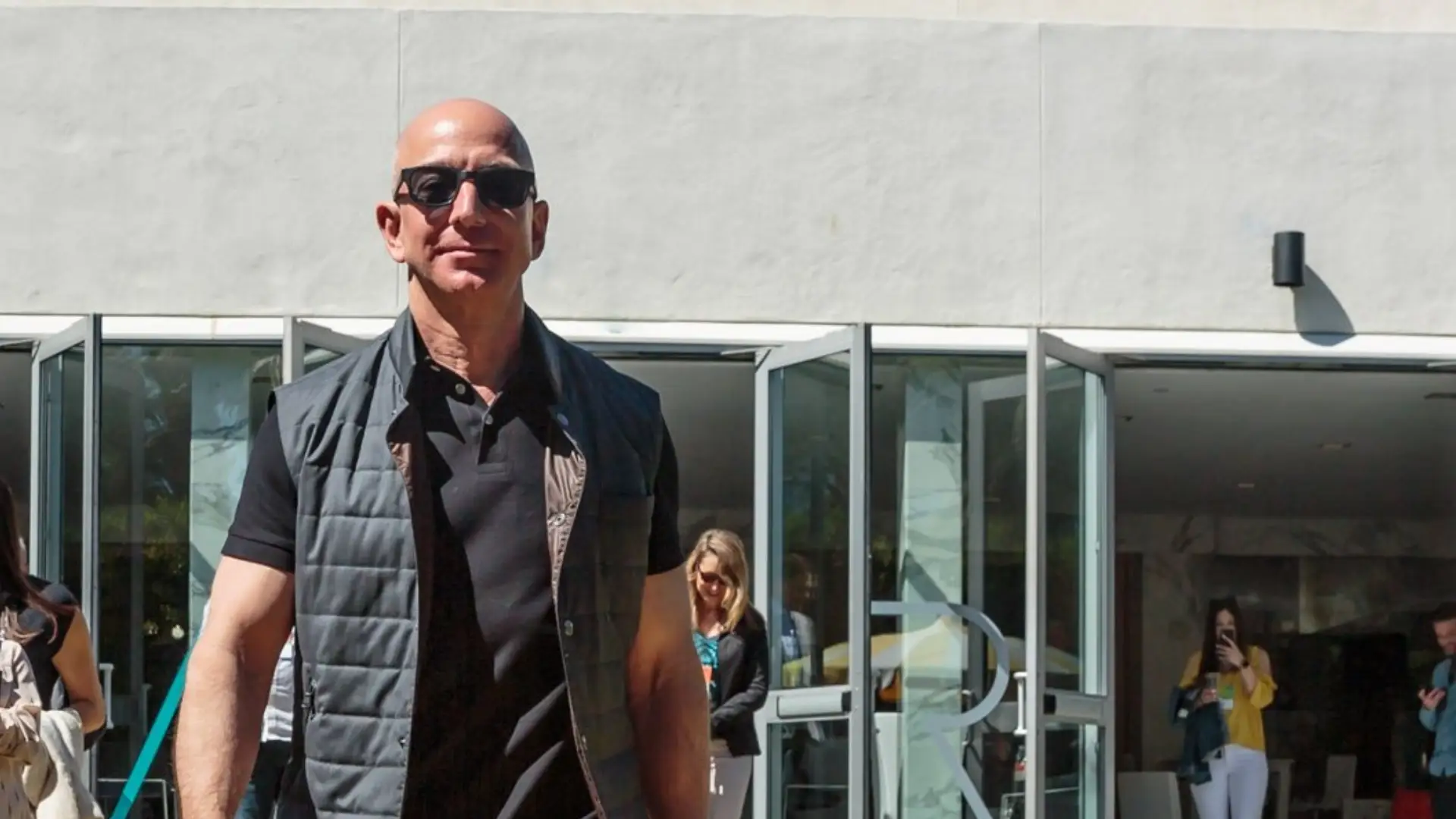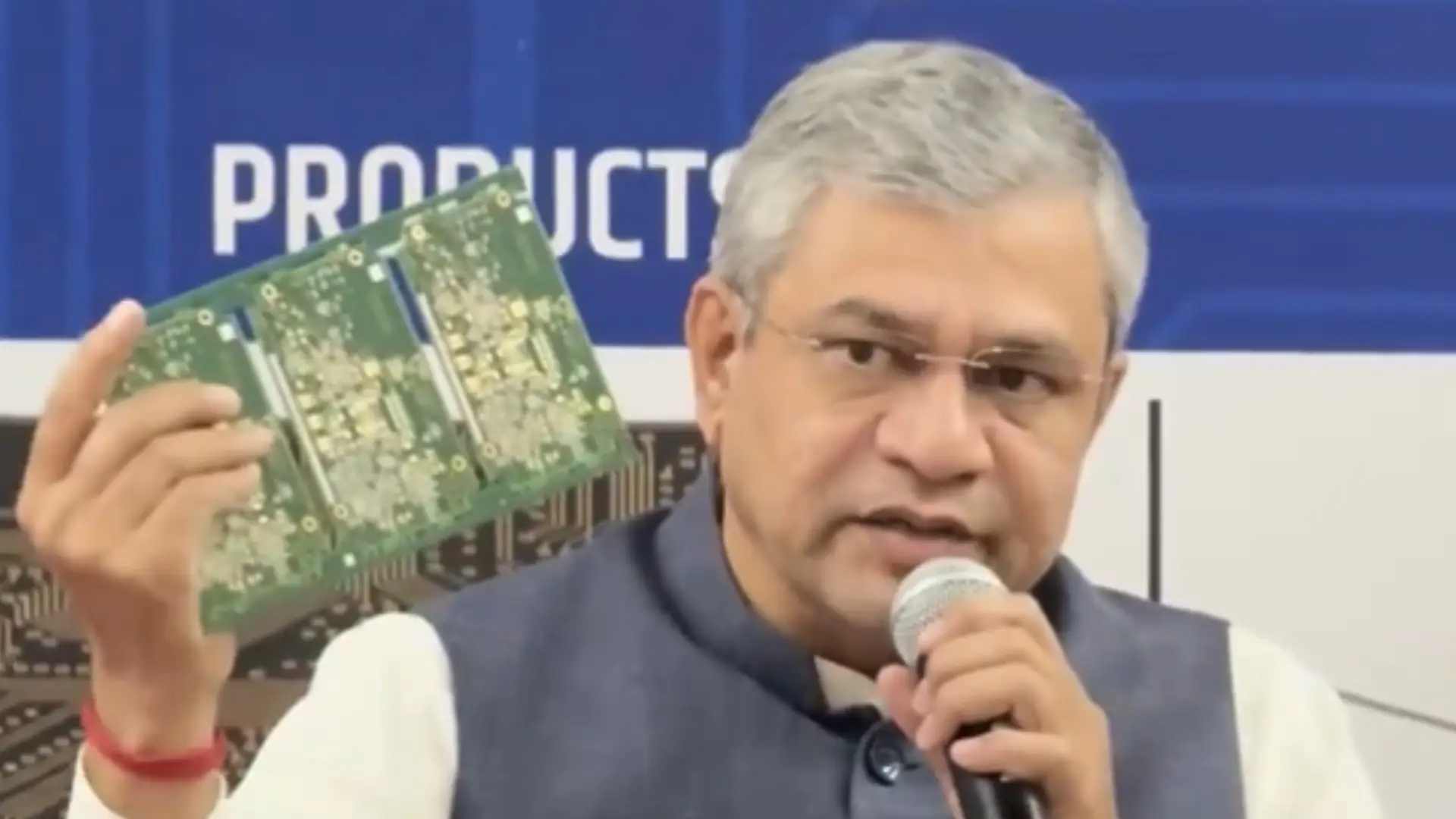In a small tier-2 town or a village just nearby, there lives a man with a dream. Not to build the next unicorn. Not to raise crores in venture capital. His dream is simple: to start a business that earns well, earns respect, and survives for a longer period. But how? He doesn’t have a big idea. He doesn’t know how to build a brand. He’s not launching an app or selling software. He just wants to run something of his own. This is exactly where the franchise model comes in. Across India, thousands of entrepreneurs like him are turning to franchising because it lets them start strong because the brand is already built. The trust is already earned. All they need to do is bring it to their place.
In today’s India, the franchise model is growing very fast. It is not just helping people who want to start their business but also helping the brands to scale at a faster rate. To understand the scenario first: India is the second largest franchise market in the world, and interestingly, every year more than 300 companies start franchising. Today in India, we have more than 4600 active franchise operators, and all together, they operate more than 200,000 franchises. Today the Indian franchise industry is valued at around INR 800 billion(~$10-11 billion).
If we dive deeper, data says that regional brands make up more than 50% of franchises, national brands contribute 34%, and the remaining are international brands. Today we talk a lot about the franchise model, and we see a lot of brands, but do you know how it started? Let’s understand this first, and then we will delve deeper.
There is an early story of “franchise”; the word originated from the French term meaning “free.” In Medieval Europe, the franchises were granted to individuals and groups by the Crown, giving them the rights to operate businesses. But modern franchising, as we know it, began in the mid-1800s in the West. One of the first big examples was Singer Sewing Machines; they allowed independent sellers to operate under their brand in exchange for a fee. Fast-forward to the 1950s and 60s, and America saw the rise of iconic franchise giants such as McDonald’s, KFC, and Subway. These brands used franchising to rapidly expand across states and, eventually, across the world, turning local shops into global powerhouses.
But why did franchising work in India? India has millions of people who want to run businesses but don’t have a tech background, capital, or access to branding. Franchising gives them a ready-made business with training, support, and brand trust included. Not just that, it is even beneficial for brands because tapping into the tier-2 and 3 cities and towns is not that easy because of the consumer styles and behavior from tier-1 cities. But franchise partners from those very places already know the market; they have the network, land, and local know-how. Franchising lets brands go hyperlocal without building everything themselves.
Operating costs in tier-2 and tier-3 towns are significantly lower, making franchise outlets more profitable. This model works best when unit-level economics are good, and India’s cost structure makes it ideal. Indians value trust. We often choose a brand we’ve seen in a big city and want that same quality in our hometowns. Franchising helps extend brand consistency, and customers are willing to pay for it.
These are some reasons why it actually worked out in India. Because of these reasons, many Indian brands have built a strong business. These are not from one industry or just limited to food and beverages.
Some Indian companies, such as Dr. Lal PathLabs, FirstCry, and Naturals Ice Cream, are some examples of businesses that have succeeded with the franchise model. Dr. Lal PathLabs is one of India’s largest and most trusted diagnostic chains, offering a wide range of blood, urine, and molecular tests. Its business operates on a centralized testing model, where actual laboratory testing is conducted in main labs (hub), while franchise partners run local sample collection centers (spokes). Franchise partners manage local collection centers, while the actual testing is done at centralized, NABL-accredited laboratories. This model allows rapid expansion, especially into Tier-2 and Tier-3 towns, with relatively low investment and operational complexity.
Then there is another company named FirstCry, which has rapidly become India’s largest baby and kids’ retail brand, with over 800 franchise outlets across the country. What started as an e-commerce platform evolved into an omnichannel powerhouse, offering everything from diapers to toys, clothes, baby gear, and maternity essentials. FirstCry’s franchise model is designed to be highly scalable, targeting Tier 1, 2, and 3 cities where demand for quality baby products is growing fast. Franchisees benefit from a powerful combination of ready-made brand trust, a tech-enabled inventory system, and centralized supply chain support.
Naturals Ice Cream is known for its authentic, fruit-based, preservative-free ice creams. It started as a small outlet in Juhu and is now a nationwide brand with 150+ franchise outlets, all carefully distributed to maintain brand quality and customer experience. Naturals has taken a selective franchise expansion approach, which focuses on slow, sustainable growth over mass franchising, which has helped preserve its premium identity.
These are a few examples of businesses that have built great businesses with the franchising model. But every story has its own benefits and limitations as well.
Let’s also see some limitations: The biggest challenge for any franchising brand is maintaining consistency. When a third party entrepreneur runs the business, there’s always a risk of compromised customer experience, poor hygiene, or deviation from brand standards, especially in service industries like food, healthcare, and wellness. If franchising is done too aggressively, it can lead to overcrowding of outlets, price wars, and loss of exclusivity. This affects the premium perception and long-term brand value.
If you’re someone building a brand and planning to give franchises, remember: growth comes with responsibility. Franchising can help you scale faster, reduce capital costs, and expand into new markets. Consistency in service, quality, customer experience, and branding are very important. If you lose grip on these fundamentals, it can erode your brand over time.
And if you’re a startup or founder looking for rapid reach, franchising is a brilliant route. But don’t forget, it also comes with operational challenges, legal troubles, and the need for continuous support systems.
No business model is perfect. Each comes with its own set of limitations, whether it’s franchising, licensing, company-owned stores, or D2C. What matters is choosing a model that fits your mission, your product, and your operational capacity and then building it with discipline.
Also Read: Why Ninjacart Might Be India’s Most Underrated Tech-Driven Unicorn?








